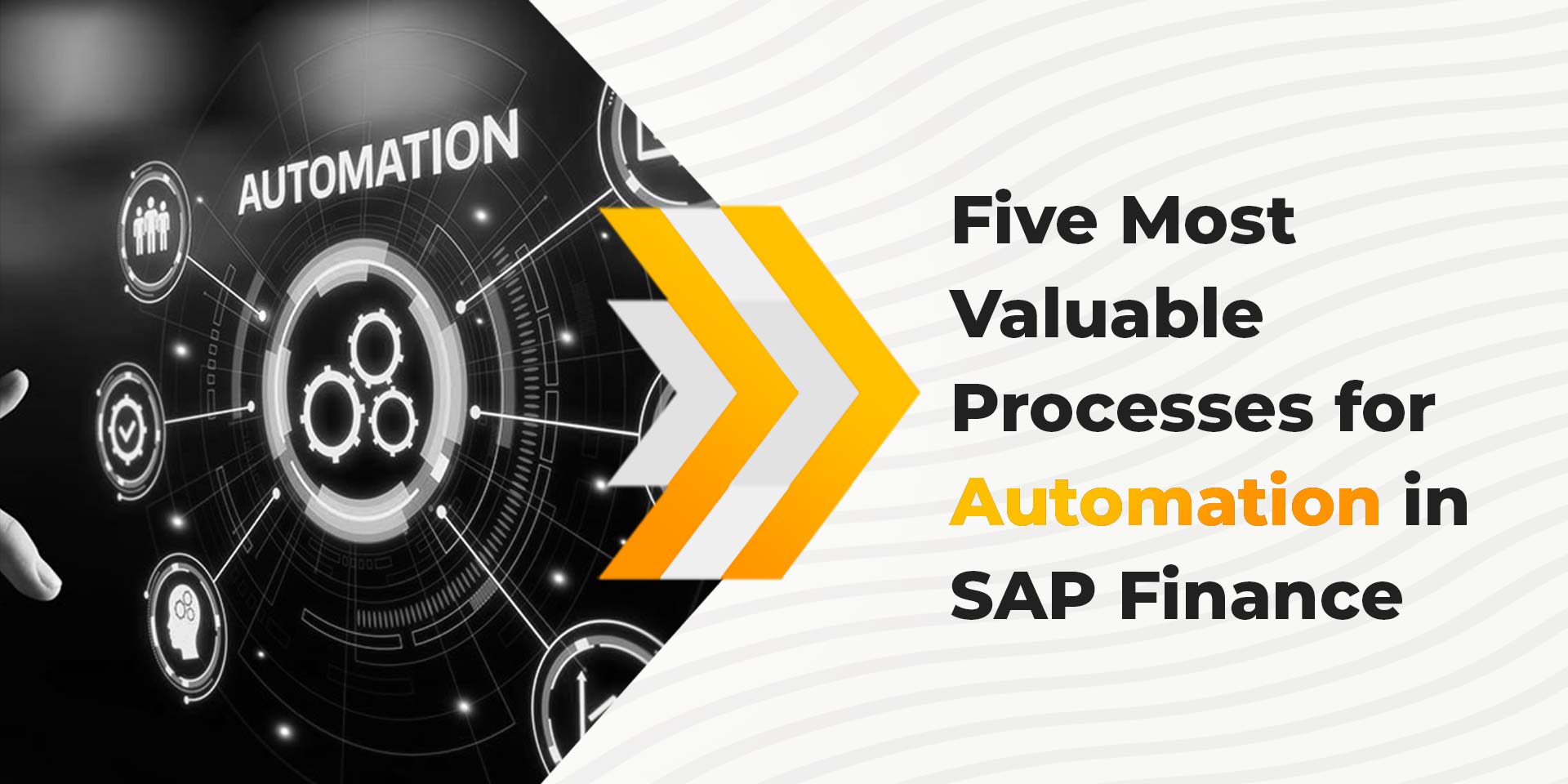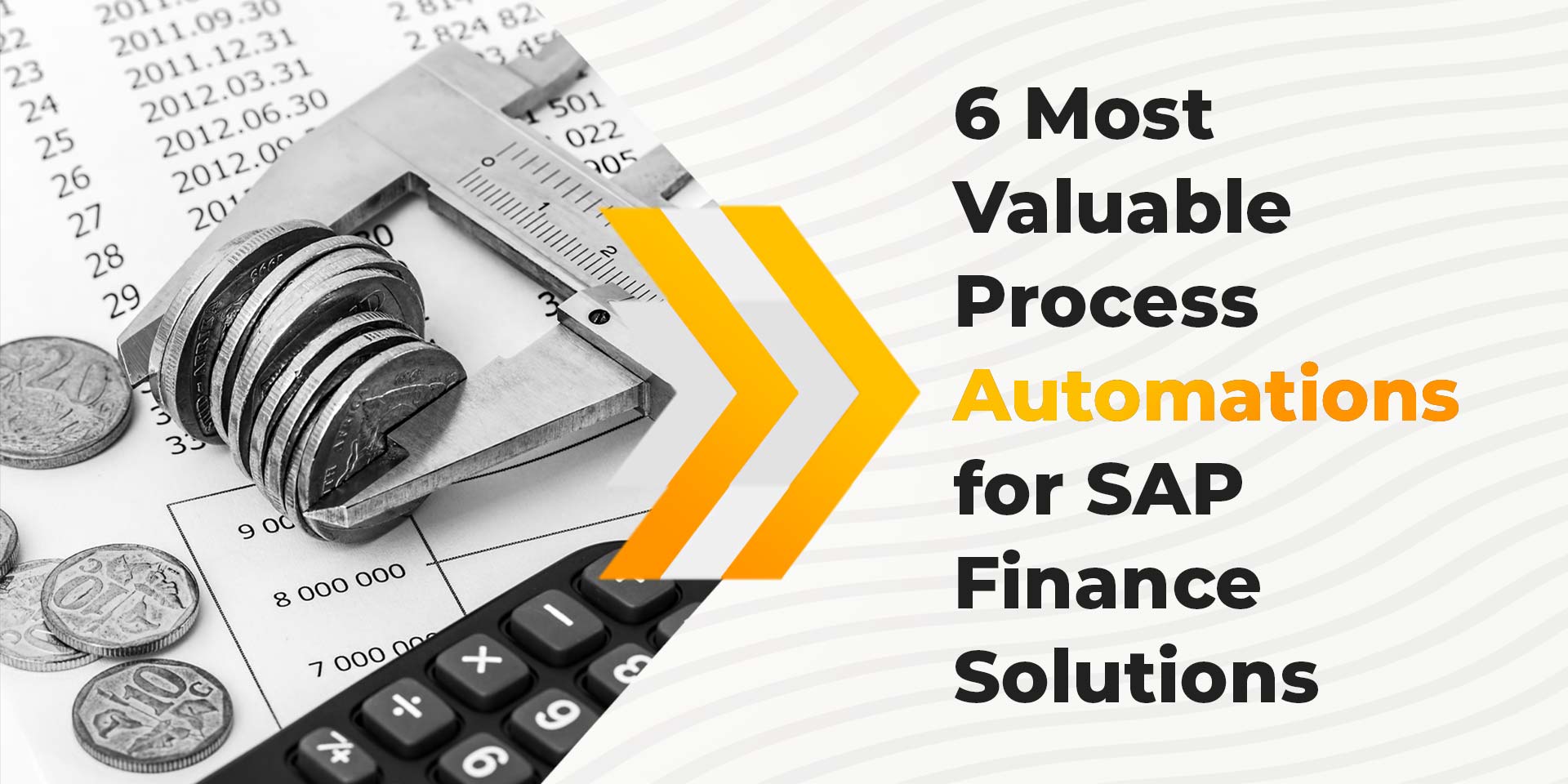Finance
Automation
Achieving Financial Efficiency with Automation


- Table of Contents
- Introduction
- Why is Automation a Necessity in Financial Processes?
- Low-code vs. RPA
- Automating Accounts Receivable
- Accounts Payable Automation
- Automating Expenses Reimbursements
- Financial Planning Tools
- Conclusion
Introduction
The financial operations of a business are integral to its success. The way finances are handled can be the difference between achieving sustained growth and stagnation. When it comes to financial operations, intelligent automation is the key to achieving a high level of efficiency. Financial automation helps streamline processes and enables companies to make better decisions and save money in the long run.
Why is Automation a Necessity in Financial Processes?
How does intelligent automation work? A common misconception is that intelligent automation means replacing humans with machines and robots. In reality, it’s a way to enhance the capabilities of employees and make their job easier, not replace them.
Intelligent automation helps streamline financial processes by utilizing algorithms and technologies such as machine learning and artificial intelligence to make decisions and take actions to maximize efficiency. Intelligent automation also works by analyzing large datasets, recognizing patterns, predicting outcomes, and taking the necessary steps to optimize results.
Financial automation is the key to achieving cost savings and staying ahead of the competition. Finance process automation involves using technology to complete finance-related tasks with minimal or no human input.
The primary goal of finance automation is to improve process efficiency by reducing or eliminating repetitive tasks or activities that do not add value. Intelligent automation can bring many benefits to finance departments, such as reducing errors, streamlining approval flows, enhancing collaboration, and increasing efficiency.
Finance process automation can be achieved through low-code BPA or robotic process automation (RPA). Three examples of finance process automation include automating accounts receivable/payable, expense reimbursement, and financial planning tools.
Low-code vs. RPA
The common question that arises is: is low-code BPA or RPA the best option for finance?
What is Low-code business process automation?
Low-code business process automation (BPA) is an efficient way to create and deploy applications without code. It helps streamline business processes and automate manual tasks by using a drag-and-drop interface. Low-code BPA in financial automation is ideal for automating simple, repetitive tasks that do not require code or complex integrations.
What is meant by RPA?
RRobotic Process Automation (RPA) is a technology that uses software robots to automate manual and repetitive tasks. Some RPA examples include automated workflows and processes, such as data entry or copying and pasting data from various systems. RPA in financial automation is designed to work with existing systems, and it is capable of accessing multiple applications at once to follow instructions.
Automating Accounts Receivable
Accounts receivable (AR) automation is another example of financial process automation. Why is AR Automation important? Let's address this question with some of the common pain points that AR teams face, which is prevented by accounts receivable automation.
- Manual data entry, which increases the likelihood of errors
- Late payments because of poorly managed billing cycles
- Difficulty in tracking outstanding payments
A finance automation software can help address these challenges by:
- Automating the generation and distribution of invoices
- Using machine learning algorithms to identify payment patterns and potential delays, allowing teams to follow up with customers and ensure prompt payment
- Integrating with payment processing systems to streamline payments and reduce processing times
Accounts Payable Automation
Accounts payables (AP) automation can help streamline and automate the payment process. Some of the common pain points that AP teams face include:
- Slow invoice processing times due to manual data entry and paperwork
- Redundant processes that are time-consuming and prone to errors
- Difficulty in tracking invoices and payments
How Does AP Automation work?
- Automating the capture and validation of supplier invoices, including data entry.
- Integrating with banking systems to streamline payment processing and reduce turnaround times.
- Using analytics to identify trends and areas for improvement, allows teams to reduce costs and optimize processes.
Automating Expenses Reimbursements
Another common financial process that can be automated is expense reimbursement. This involves business process automation of submitting expenses and tracking reimbursements. Intelligent automation can help streamline the entire expense management process by:
- Integrating with payroll systems to securely store employee data and automatically populate forms
- Integrating with accounting software to save time and eliminate manual data entry
- Creating automated workflows to track and approve expenses quickly
- Providing notifications when reimbursement is due or overdue >
Financial Planning Tools
Financial planning can also be automated to help businesses make decisions more quickly and accurately. intelligent automation can be used to create tailored financial models for various scenarios, allowing teams to analyze different options and make informed decisions. Automation can also help teams stay organized by creating a central repository for financial documents, such as purchase orders and invoices.
Financial process automation is essential to streamline workflows, reduce errors, increase efficiency, and improve compliance with regulations. Intelligent automation can help finance departments save time and money while providing better customer service. By using low-code BPA or RPA, finance teams can automate and streamline their processes to maximize productivity and efficiency.
Conclusion
The pursuit of digital transformation has become increasingly important for organizations that want to stay competitive and successful. Automation is key to this process, as it can help streamline processes, reduce errors, increase efficiency, improve compliance with regulations, and save time and money while providing better customer service. Low-code BPA or RPA are two powerful tools that allow finance teams to automate their processes cost-effectively.
Furthermore, choosing a Intelligent Automation Platform that has advanced features such as multiple automation agents, cloud-native ready automation, automation across tech stack including desktop-less automation, and powerful integrations with leading applications like Excel, SAP, Salesforce, and more, will enable you to enjoy the benefits of transparent automation. Additionally, ensure that the automation software has a workflow studio BPMN process modeler to assist you in business process automation. So, you can now move away from GUI operations with multiple automation agents feature and expand your financial automation capabilities with a Intelligent Automation Platform.




